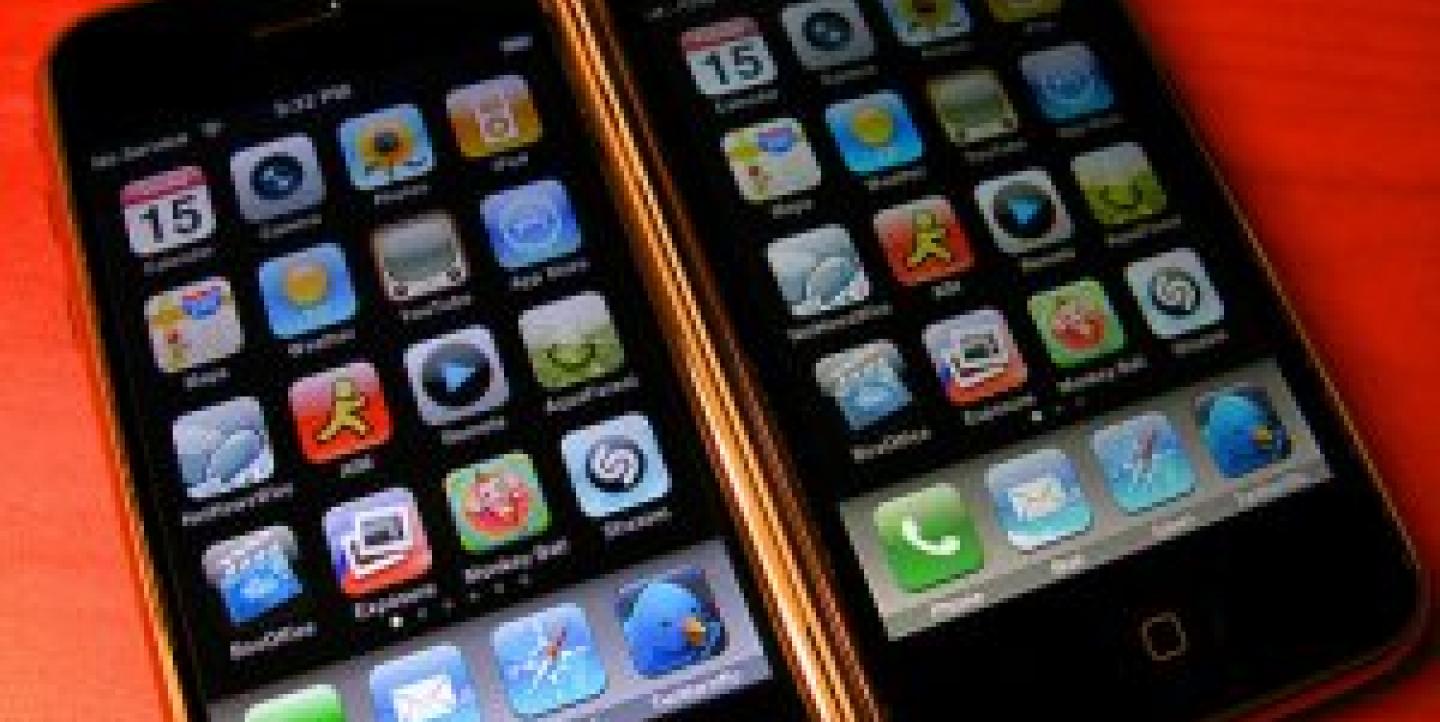If 2011 was the year the importance of mobile journalism became clear, 2012 will be the year when the media stop thinking that simply using cell phones for news gathering is enough.
That's the opinion of Christian Espinosa, a professor who teaches mobile journalism at Universidad Mayor de Chile and Monteavila in Venezuela.
For Espinosa, mobile coverage during the police revolt against the president of Ecuador and the rescue of 33 miners in Chile demonstrated the importance of learning how to report anytime and from any location with a cell phone.
While citizens can use smart phones to report what they witness, journalists are bound by professional ethics to use their phones to provide authoritative information that is also backed up by facts, Espinosa said, adding that unlike a random bystander, "the journalist can’t afford to improvise."
Here are Espinosa's tips for bringing mobile journalism out of the amateur arena:
- Microblogging is the new narrative: Espinosa has "no doubt that microblogging is the new narrative for mobile coverage." In other words, mobile journalists should always include dedicated hashtags or plan other ways to interact with microblogging services.
Espinosa says mobile journalists, or mojos, should craft messages within the 140-character limit set by Twitter, including the title of the video or audio of the mobile report. At the same time, headlines or titles should also be search-friendly so viewers can find them easily.
- Harness community feedback: Espinosa recommends hashtag planning to "direct viewer contributions while out in the field."
He gives the example of Susan Moran, a journalist who covered the police revolt in Ecuador with her Nokia E71, whose followers served as a compass while she covered the dangerous situation. When she got trapped in a bathroom in the crossfire, hashtags helped her know what to report beyond what everyone was publishing and refine what people wanted to know at that moment, Espinosa said.
- Save time by using geolocation. Make use of your smart phone's GPS function to find sources discussing the issue who are in the area where the news is breaking. Do it right, Espinosa says, and you can pinpoint potential sources before you even arrive on the scene.
- Have a distribution plan. Like any other kind of news today, mobile journalism coverage should be ready to cross platforms. Think in terms of distributing your information to everyone. That means including the people who can read only text messages -- not just those who are using iPads, Espinosa says.

